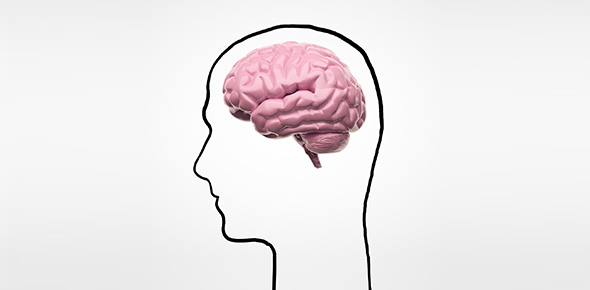Related Flashcards
Related Topics
Cards In This Set
| Front | Back |
|
Plane where flexion/extension occurs
|
Sagittal plane
|
|
Plane where abduction/adduction occurs
|
Frontal plane
|
|
Plane where internal/external rotation occurs
|
Transverse plane
|
|
Plane where plantar flexion/dorsiflexion occurs
|
Sagittal plane
|
|
Plane where ulnar/radial deviation occurs
|
Frontal plane
|
|
Plane where pronation/supination occurs
|
Transverse plane
|
|
Plane where inversion/eversion occurs
|
Frontal plane
|
|
Plane where horizontal abduction/adduction occurs
|
Transverse plane
|
|
Plane where elevation/depression occurs
|
Frontal plane
|
|
Plane where rotation to the right/left occurs
|
Transverse plane
|
|
Plane where upward/downward rotation occurs
|
Frontal plane
|
|
Plane where lateral flexion to left/right occurs
|
Frontal plane
|
|
Axis for flexion/extension
|
Transverse axis
|
|
Axis for abduction/adduction
|
Anteroposterior axis
|
|
Axis for internal/external rotation
|
Longitudinal axis
|







